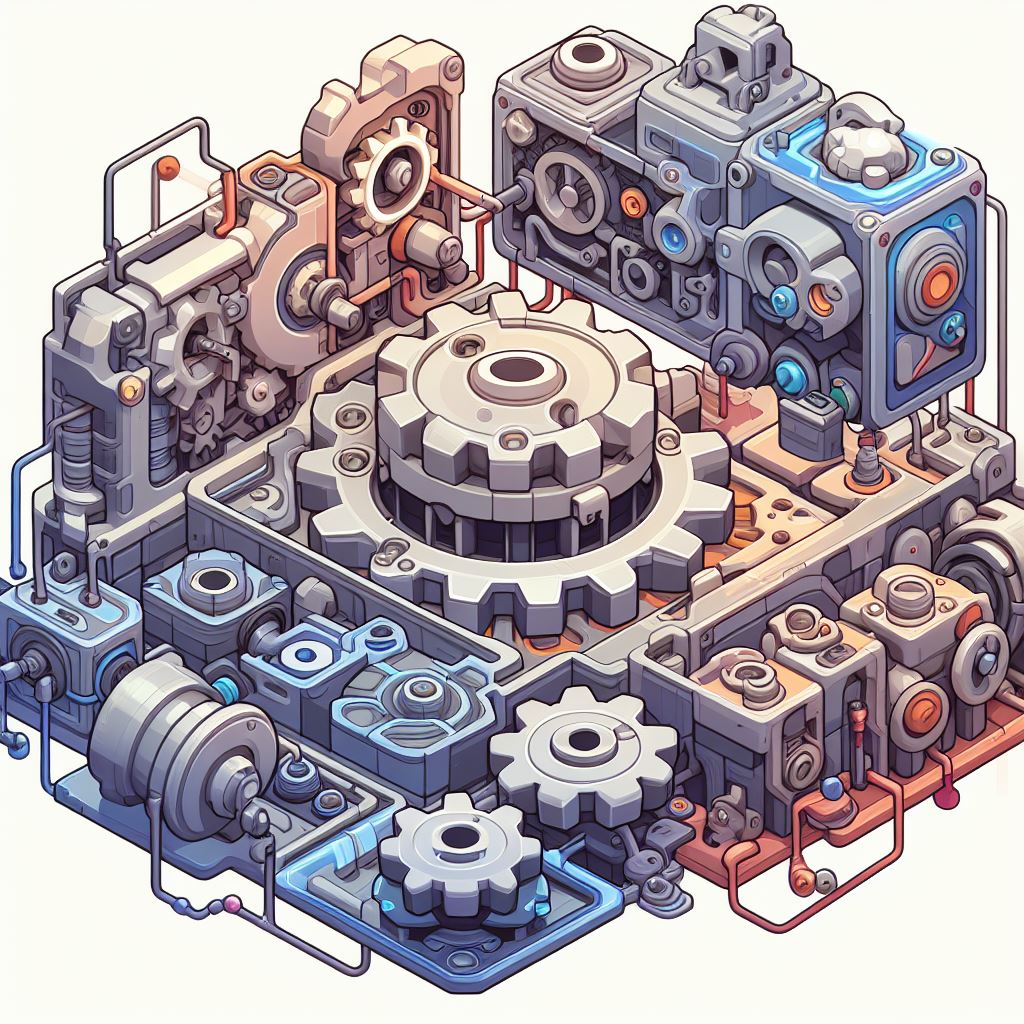
Low level resource management
Low-level resource management is a fundamental aspect of game development, focusing on the efficient use of system resources such as memory, CPU, and storage. Proper management ensures that a game runs smoothly, performs well, and provides a seamless experience for players. Let's delve into the basics of low-level resource management and how it can be effectively handled in game development.
Memory Management
Understanding Memory Allocation
Memory management involves allocating, using, and freeing memory efficiently to prevent leaks and ensure optimal performance.
- Static vs. Dynamic Allocation: Static memory allocation is fixed at compile-time, while dynamic memory allocation occurs at runtime. Understanding when to use each type is crucial for efficient memory use.
- Garbage Collection: In languages like C# (used with Unity), garbage collection automatically reclaims unused memory. However, developers must be mindful of performance impacts caused by garbage collection cycles.
- Manual Memory Management: In languages like C++, developers manually manage memory using functions like
new,delete,malloc, andfree. Proper handling of these functions is essential to avoid memory leaks and fragmentation.
Tips for Efficient Memory Management
- Object Pooling: Reuse objects rather than frequently allocating and deallocating memory. This is especially useful for objects that are frequently created and destroyed, such as bullets in a shooter game.
- Avoiding Memory Leaks: Ensure that every allocated memory is properly freed after use. Tools like Valgrind can help detect memory leaks.
- Optimizing Data Structures: Choose the right data structures for the job. For example, using a linked list for frequently changing data can be more efficient than using an array.
CPU Management
Optimizing CPU Usage
Efficient CPU usage ensures that the game logic runs smoothly without unnecessary delays or stutters.
- Profiling: Use profiling tools to identify performance bottlenecks in your code. Common tools include Unity Profiler, Unreal Engine Profiler, and Visual Studio Profiler.
- Optimizing Algorithms: Ensure that your algorithms are efficient. For example, using quicksort instead of bubble sort for sorting operations can significantly reduce CPU usage.
- Multithreading: Leverage multithreading to perform parallel tasks. However, be cautious of race conditions and synchronization issues.
Tips for Efficient CPU Management
- Frame Rate Control: Use techniques like fixed time steps to ensure consistent frame rates. This helps in maintaining smooth gameplay and predictable physics simulations.
- Level of Detail (LOD): Implement LOD techniques to reduce the complexity of objects that are far from the camera, thus saving CPU resources.
- Culling: Use frustum culling, occlusion culling, and backface culling to avoid rendering objects that are not visible to the player.
Storage Management
Efficient Data Storage
Efficient storage management ensures that the game loads quickly and runs smoothly, even on devices with limited storage capacity.
- Asset Compression: Compress assets such as textures, audio, and models to reduce their storage size. Formats like PNG for images and Ogg Vorbis for audio can help save space.
- Streaming: Stream assets dynamically as needed rather than loading everything at once. This technique is especially useful for open-world games.
- Resource Packing: Pack related resources together to reduce the number of file accesses. For example, group all textures for a level into a single archive file.
Tips for Efficient Storage Management
- Data Serialization: Use efficient serialization formats like Protocol Buffers or JSON to save game state and other data.
- Avoid Redundancy: Eliminate redundant data to save storage space. Use references to shared assets rather than duplicating them.
- Level Streaming: Load only the necessary parts of a level as the player progresses, rather than loading the entire level at once.
Conclusion
Low-level resource management is a critical aspect of game development that ensures your game runs efficiently and provides a smooth experience for players. By effectively managing memory, CPU, and storage, you can optimize performance, reduce loading times, and create a more immersive and enjoyable game. Whether you're working on a small indie project or a large AAA title, mastering these low-level resource management techniques is essential for success in game development.